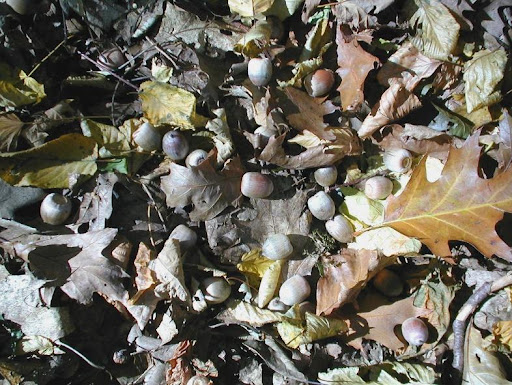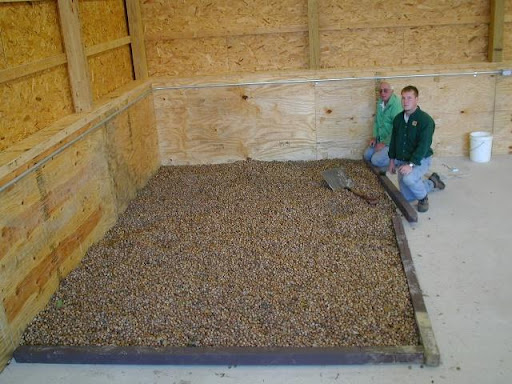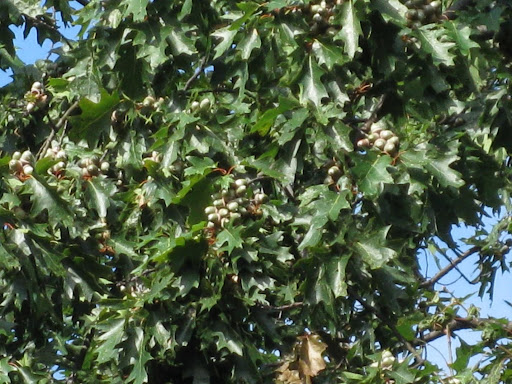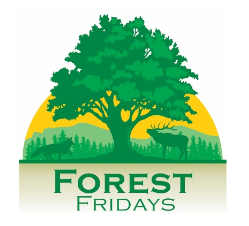Forest Fridays: A bumper crop of red oak acorns
By Ryan Reed, Forest Fridays
Throughout much of the Keystone State it’s been a banner year for red oak acorn production, so much so that walking through some parts of the forest feels like you’re treading on marbles. At Soldier’s Grove across from the state capitol, there’s nary a square inch of surface that doesn’t contain a red oak acorn. The same can be said for my family’s camp in southern Huntingdon County.

Their abundance is also reflected in the amount collected at Penn Nursery at the Mira Lloyd Dock Resource Management Center, where foresters were able to obtain 133% of their red oak acorn collection goal, coming in at over 66 bushels. Not only is this wealth of red oak mast a boon to wildlife this fall, but it’s also a great help in propagating a new generation of red oak trees at the nursery and in the wild.
Despite a high level of tannic acid causing them to taste bitter, deer, bears, turkeys, squirrels, and even blue jays take advantage of this seasonal resource. One red oak acorn is reported to contain about 110 calories, almost two grams of protein, and nearly eight grams of fat. High mast years significantly increase the odds of winter survival for many species of wildlife while also contributing to higher birthrates.
Photo: A great red oak mast year in Forbes State Forest, 2001

Of course, not all acorns make good food for birds and mammals, or future oak trees. Some are quickly consumed by acorn weevils, weird looking insects with a long snout known as a proboscis. Acorns that are hollowed out by weevils will feel lighter and will float, thus enabling an easy test to determine if they are viable seeds. If an acorn floats after a long soak, it is no good. Weevils leave a telltale sign of their former inhabitation within the acorn; look for the little exit hole about the size of this “o”.
If you’ve spent enough time in the red oak woods, you probably noticed not every year is a good mast year. That is because red oak acorns mature on a two-year cycle. It can be likely that many red oaks in a particular stand will produce on the same schedule because these trees are subjected to similar environmental variables like pollination conditions, late spring frost, and rainfall (or lack thereof).
If you’re out and about in Penn’s Woods this fall, perhaps you’ll also notice it was great year for red oak mast. Just be careful not to slip!

About the Author: Ryan Reed
Ryan Reed is an Environmental Education Specialist in the Department of Conservation and Natural Resources, Bureau of Forestry. He possesses degrees in Wildlife and Fisheries Science and Wildlife Technology, while currently pursuing a master’s degree in Environmental Pollution Control. He has also worked for the Pennsylvania Game Commission, and taught high school sciences for 11 years. He is especially interested in biodiversity and ecology. A lifelong hunting and fishing enthusiast, Ryan resides in Harrisburg, PA.



